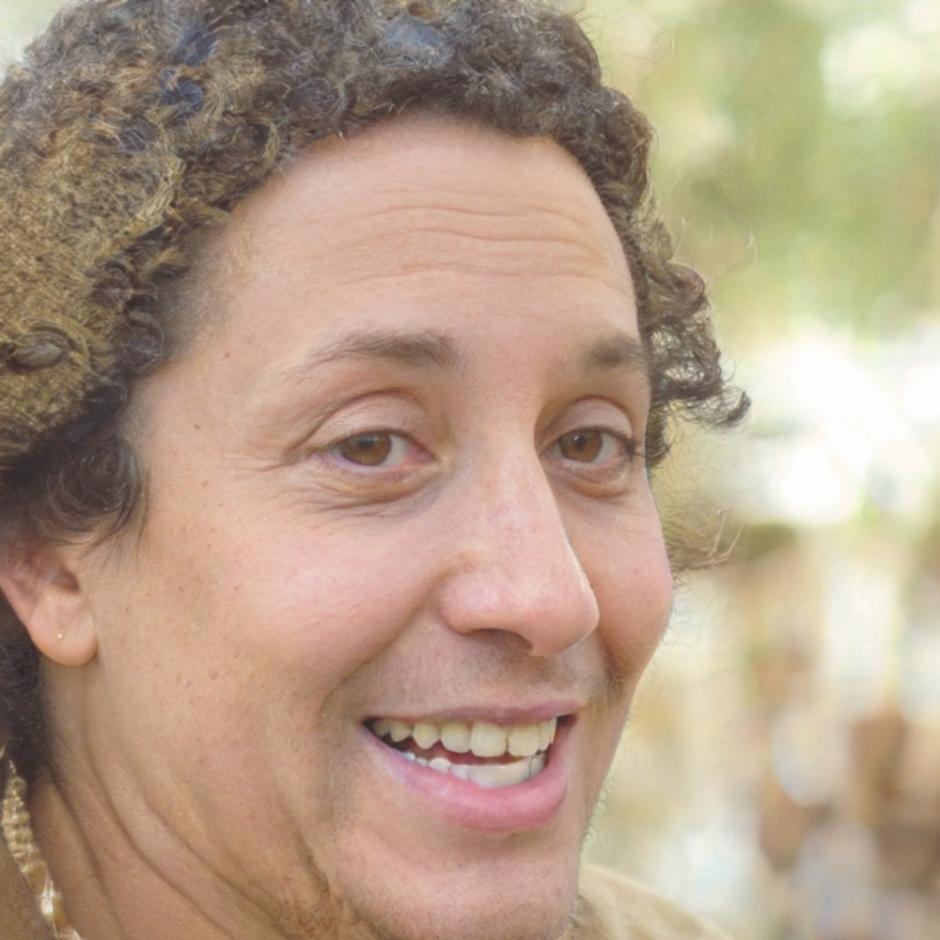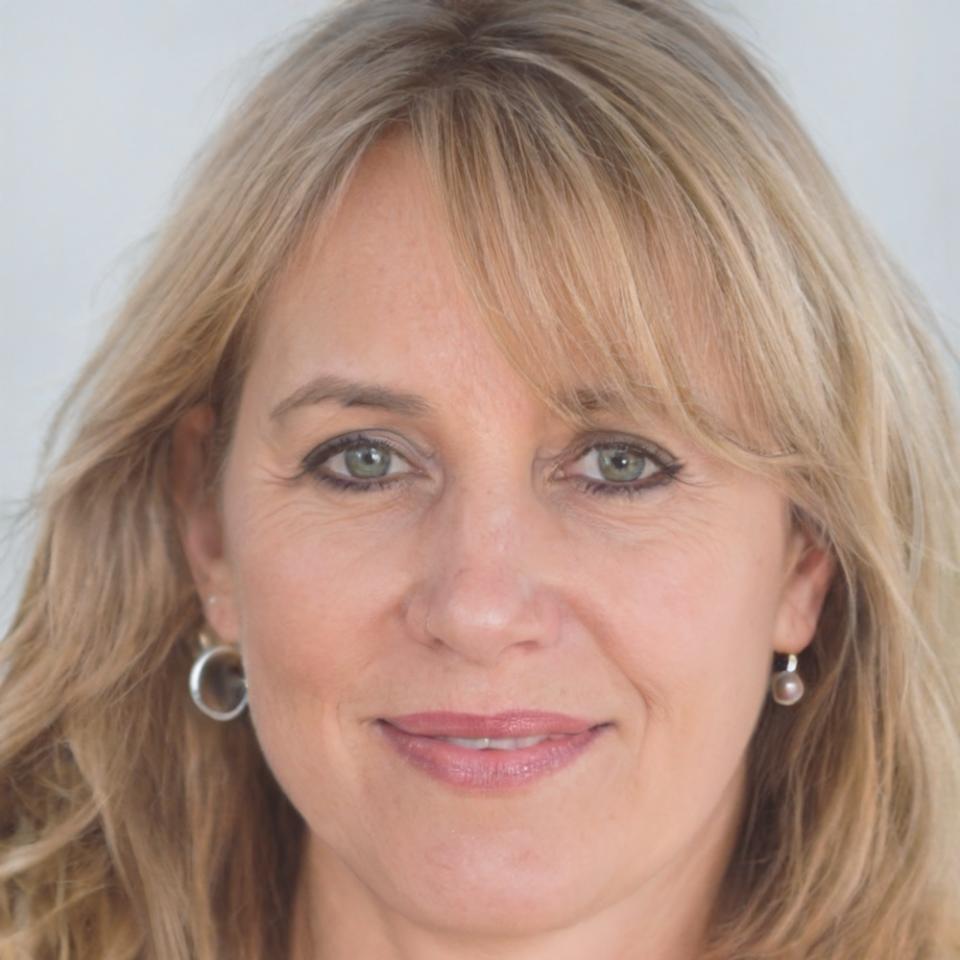Options Trading Doesn't Have to Feel Like Guesswork
Most people avoid options because they seem complicated. But what if you could understand the basics in weeks instead of years? Our program breaks down real strategies used by actual traders—without the jargon or false promises.
Explore Our Program
How We Actually Teach This Stuff
Learning options trading isn't about memorizing formulas. It's about understanding patterns, recognizing opportunities, and knowing when to step back.
Start With Real Scenarios
We use actual market situations from the past three years. You'll see what worked, what didn't, and why certain decisions made sense at the time. Context matters more than theory.
Build Skills Gradually
Week one covers call options. Week two adds puts. By month two, you're combining strategies. We don't rush because understanding takes time, and mistakes cost money.
Practice Without Risk
Our simulation platform uses real market data. You'll make trades, watch them play out, and learn from outcomes. No actual money involved until you're genuinely ready.

What You'll Actually Learn
Our curriculum focuses on practical knowledge. You won't become an expert overnight—nobody does. But you'll understand enough to make informed decisions and avoid common pitfalls that drain accounts.
- How options contracts work and why pricing changes throughout the day
- Reading market indicators without getting overwhelmed by data
- Building basic strategies that limit downside while allowing upside potential
- Managing positions when markets move against your expectations
- Recognizing when to close a position instead of hoping it recovers
Real Student Experiences
Annika Bergström's Path
Annika joined our September 2024 cohort with zero trading experience. She'd tried learning from YouTube videos but felt lost in conflicting advice. "Everyone claimed their strategy was foolproof," she told us during week one.
The first month focused on understanding option Greeks—delta, gamma, theta. Annika struggled with theta decay initially. "I kept buying options that lost value even when I predicted direction correctly," she explained. Her breakthrough came when she started tracking time decay patterns in her simulation account.
By January 2025, she'd completed the program and started trading with a small account. Her approach? Conservative spreads with defined risk. She's had winning and losing trades, but maintains a journal documenting each decision. "I'm not making a fortune," Annika says, "but I understand what I'm doing now, and that's worth more than quick wins."

Callum Ó Dálaigh
Completed Program Nov 2024
I appreciated that the instructors never promised guaranteed returns. They showed us profitable trades alongside complete failures, explaining what went wrong. That honesty made me trust the material more than other programs I'd researched.

Siiri Mäkelä
Active Student Since Dec 2024
The simulation platform saved me from expensive mistakes. I tried aggressive strategies there first and watched them fail. Better to learn those lessons without risking actual capital. Now I stick to strategies I've tested thoroughly.
Next Program Starts September 2025
We're accepting applications for our autumn cohort. Classes run for twelve weeks with optional extended practice sessions. Spaces are limited because we maintain small group sizes for better instructor interaction.

